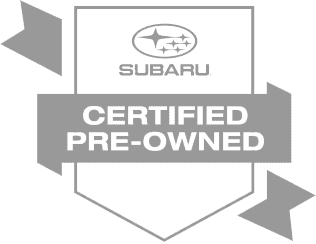

CV axles are the components that transfer power from the transmission to the wheels. They're also called drive axles or half shafts, because they're about half the width of your vehicle. For the purpose of this page, we'll refer to them as CV axles, a name that is short for Constant Velocity axle shafts. These axles connect the wheel to the differential or the transaxle, and they allow your car to transfer power even when the wheels are turning.
Important though they are, they're not a component most drivers think about very often. Still, a bad CV joint will likely mean that the entire CV axle will need to be replaced, so it's best to know the signs of a CV joint that's going bad. You'll find more information below. If you notice any of these symptoms, schedule a service appointment immediately.

3. Clicking Noise
If your CV axle is damaged, it will often make a clicking sound as you turn the vehicle. It's a pretty distinctive noise, both in its volume and in how often it occurs. The click will most likely be loud, and it will generally only happen when you're turning the vehicle. This noise is typically associated with a CV joint that's been worn so much that it's beginning to fail. If you hear this sound, it usually means that there's little hope left for the CV axle, and you'll need to get it replaced right away.

2. Trouble Driving
If you hear the dreaded clicking, our recommendation is to call for a tow truck. This is because continuing to drive with a damaged CV joint is dangerous. If the joint fails completely, you may find it more difficult to control your vehicle. When you accelerate, the steering wheel can jerk to one side or the other, making accidents much more likely. And if the axle separates from the wheel, your car can suffer massive damage, not to mention your safety being in danger.

1. Torn Boots
CV joints must remain lubricated and free of any debris in order to keep functioning properly. To stay lubricated, these joints are covered by rubber boots. If one of these boots develops a rip, it can let dust and debris from the road in, while allowing the grease that lubricates the joint to leak out. It's not a bad idea to regularly check these boots. If you catch a tear early, you may be able to have it repaired before the joint is compromised. Replacing a torn boot is much cheaper than replacing an axle! In addition to inspecting the boot itself, take a look at the inside edge of the tire. If there's grease there or on the boot, there may be a leak.
Capitol Subaru of Salem
920 Auto Group Ave NE
Salem, OR 97301
- Sales: 503-587-5500
- Service: 503-587-5500
- Parts: 503-587-5500







